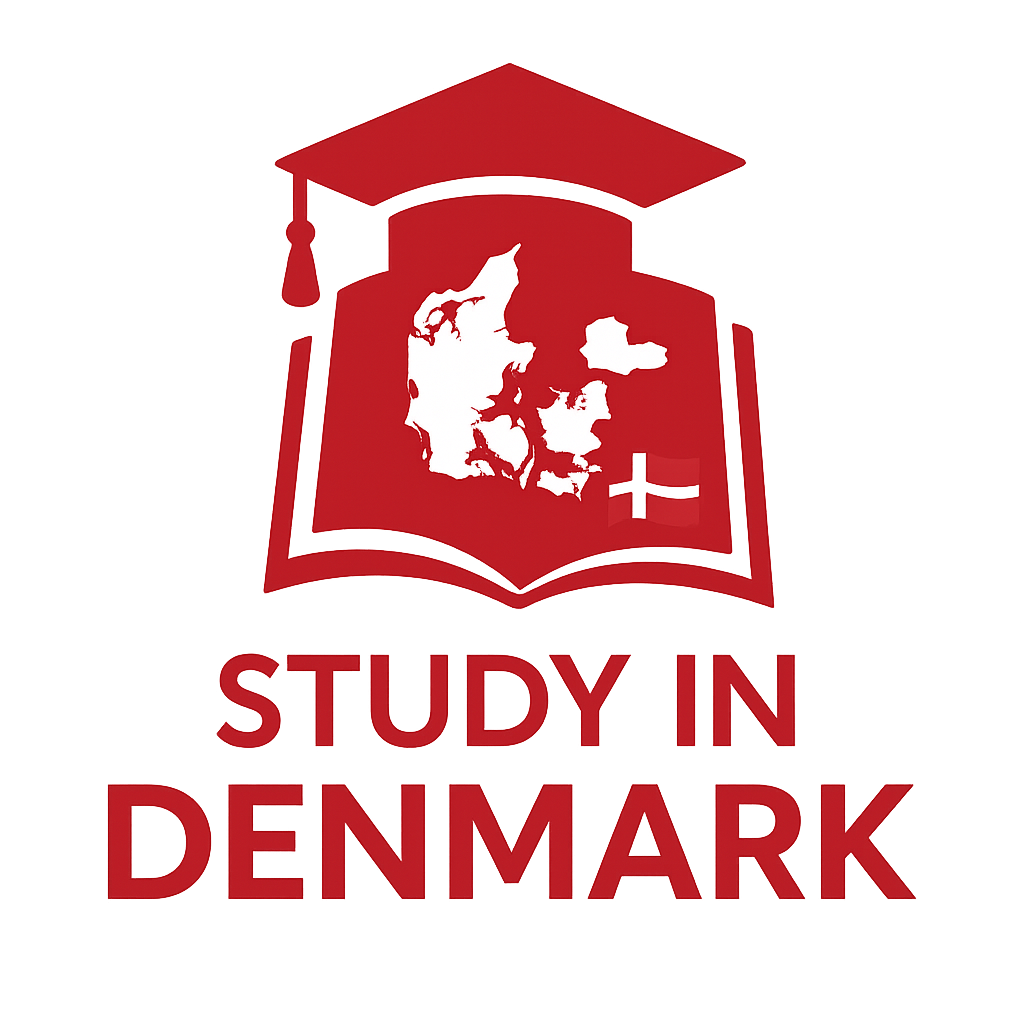Top 10 Must-Know Facts About Danish Higher Education
Table of Contents
1. Diverse Higher Education Institutions
Danish higher education is characterized by a variety of institutions, each specializing in different fields. The education landscape consists of:
- Universities: Offering a broad spectrum of degree programs and research opportunities.
- University Colleges: Focused on professional education and applied sciences.
- Academies of Professional Higher Education: Providing vocational programs aligned with industry needs.
This diverse educational framework is regulated by the Ministry of Higher Education and Science, ensuring uniform high quality across institutions. Learn more about the structure of the educational system in our overview of higher education institutions in Denmark.
2. High Academic Standards
Danish higher education is renowned for its unwavering commitment to high academic standards. Programs are designed to meet international criteria, making degrees from Denmark globally recognized. The values of quality assurance and excellence ensure students receive an education that equips them for the demands of the global job market. Explore how the academic standards in Denmark uphold international values.
3. Innovative Teaching Methods
A distinctive feature of Danish education is its innovative teaching methods, which blend traditional lectures with modern, student-centered approaches. These methods include:
- Problem-Based Learning (PBL): Students take part in real-world problem-solving activities that require critical thinking and collaboration.
- Interactive Classes: Classes often foster open dialogues, stimulating creative thinking and public speaking skills.
By embracing these teaching strategies, Danish institutions prepare students for dynamic professional environments. For more details, see our section on teaching innovation in Denmark.
4. Industry Collaboration
Collaboration between educational institutions and industry is a hallmark of the Danish higher education system. This synergy allows students to:
- Engage in projects that mimic real-world applications.
- Learn from industry experts through guest lectures, workshops, and mentorships.
Such interactions not only enhance learning but also improve employability post-graduation, as students gain firsthand insights into their chosen fields. Discover how businesses and academia collaborate in Denmark in our industry partnerships overview.
5. Emphasis on Teamwork
Teamwork is integral to the Danish education experience. Students frequently work together in groups for various assignments, projects, and examinations. This collaborative approach fosters:
- Communication Skills: Enhancing the ability to work effectively with diverse teams.
- Problem-Solving Skills: Promoting the exchange of ideas and perspectives.
Such experiences shape students into adaptable professionals, ready to tackle challenges in their future careers. Learn more about our focus on teamwork in Danish higher education.
6. Interactive Learning Environment
The learning environment in Denmark is known for its friendly, engaging atmosphere. Key characteristics include:
- Open discussions between students and teachers.
- Encouraged student participation, creating a supportive setting for diverse opinions.
This interactive approach not only enhances learning but also cultivates a sense of community and belonging among students. To understand more about this dynamic environment, explore our insights on classroom interactions in Denmark.
7. Problem-Based Learning
In addition to traditional methods, Danish higher education employs problem-based learning, which emphasizes:
- Real-World Applications: Students learn to tackle complex issues by applying theoretical concepts to practical situations.
- Collaborative Exploration: Working in groups allows learners to brainstorm, debate, and innovate.
This hands-on approach prepares students not just academically but also professionally, as they develop skills directly relevant to their future career paths. Read further about our commitment to problem-based learning.
8. Internship Opportunities
Many programs in Danish higher education feature internship components, which provide students with critical work experience. Benefits of internship opportunities include:
- Earning academic credit while gaining practical skills.
- Building professional networks and enhancing employability.
Internships are instrumental in bridging the gap between education and the workforce. For additional information, see our guide on internship and career services.
9. English-Taught Programs
Denmark caters to international students by offering over 600 programs taught entirely in English. This accessibility supports:
- A diverse student body from various cultural backgrounds.
- Increased opportunities for students to pursue degrees that align with their career interests.
This commitment to global learning ensures that every international student can find a suitable program. Discover our complete list of English-taught programs in Denmark.
10. Student-Centered Cities
Denmark is home to several cities known for their student-friendly environments:
- Copenhagen: The capital city, offering a vibrant cultural scene and numerous universities.
- Aarhus and Aalborg: Known for their quality institutions and engaging student life.
- Roskilde and Odense: Smaller cities with unique experiences while still providing strong educational offerings.
Each city fosters a welcoming atmosphere, making them ideal for international students looking to thrive both academically and socially. For more insights, explore our guide to student life in Denmark.
Take the Next Step with Study in Denmark
Explore further to discover the incredible opportunities that Danish higher education offers for international students.



